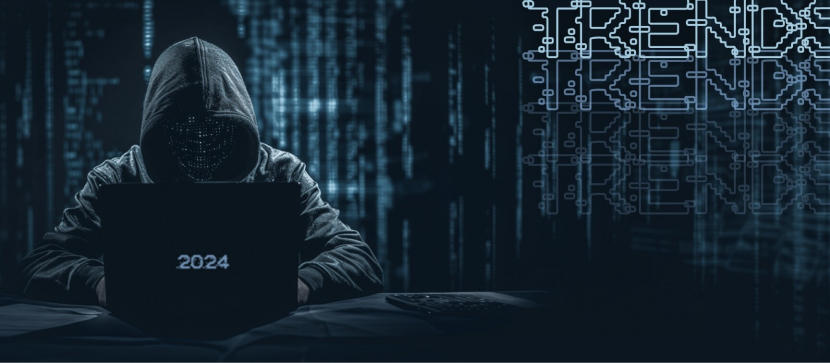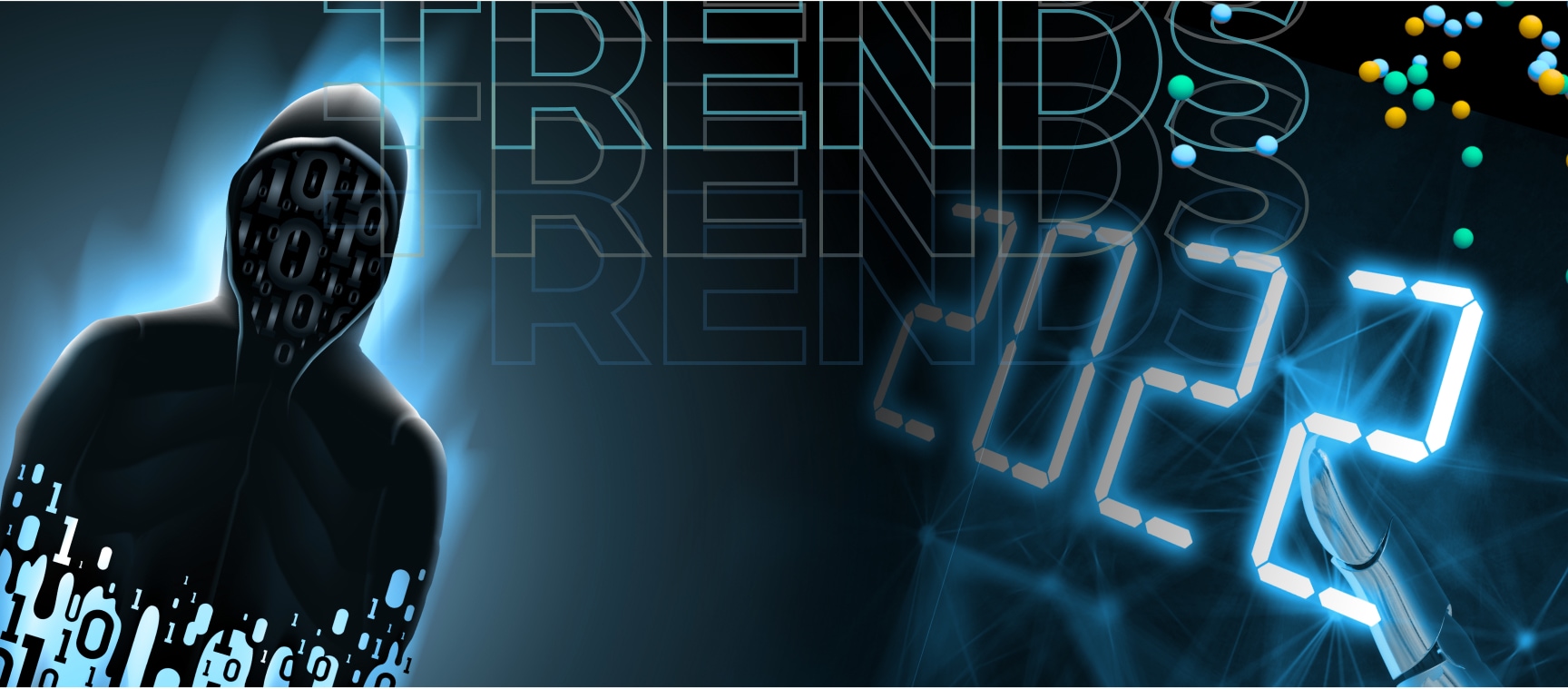The Top 3 Dark Web Trends in 2024 [VIDEO]
Learn how to automate financial risk reports using AI and news data with this guide for product managers, featuring tools from Webz.io and OpenAI.

In the wake of Edward Snowden’s revelations concerning government surveillance, Telegram was built in 2013 to prioritize user privacy and safeguard private conversations and data from third-party intrusion. But over the years, it has become a hotspot for cybercriminal activity. From leaked data and fraud schemes to the sale of illicit services, there is a thriving underground economy in the dark web Telegram channels and Telegram deep web. In spring 2024 alone, cybercrime-related chatter on Telegram rose by 53% compared to the previous year (Kaspersky).
Telegram’s focus on privacy quickly set it apart. Features like end-to-end encryption, anonymous usernames, and message forwarding without revealing the original sender reinforced its reputation as a secure communication platform. The built-in anonymity and encryption make it difficult to trace the origins of illicit content, identify threat actors, and understand the full scope of their activities. This necessitates the development of advanced analytical techniques and tools to effectively monitor and analyze the vast amounts of data exchanged within these encrypted environments. The ephemeral nature of some Telegram communications, such as self-destructing messages, adds another layer of complexity to threat intelligence efforts, requiring real-time monitoring and analysis to capture and preserve crucial information.
Additionally, the ability to create large, private groups and dark web telegram channels significantly compounds the challenge for cybersecurity teams. Within these closed ecosystems and forbidden Telegram channels, threat actors can coordinate and operate with little risk of detection. Many actors enhance their operational security by using virtual phone numbers and turning to Telegram’s Secret Chats for fully encrypted communication. Cybersecurity professionals need to therefore constantly refine their strategies to understand how these privacy features are being leveraged for illicit activity.
Following the arrest of Telegram founder and CEO Pavel Durov in August 2024, the platform introduced a notable change to its privacy policy. Under the new terms, Telegram can now disclose user IP addresses and phone numbers in response to legitimate criminal investigations backed by court orders.
While this shift marked a potential turning point in the platform’s approach to privacy, our analysis of forbidden Telegram channels on our dark web monitoring platform, Lunar, found that most cybercriminal communities chose to stay. Many cybercriminal groups announced their support for Durov and continue to rely on Telegram’s strong encryption and familiar infrastructure.
For CTI analysts, this change signals a clear need to adapt and sharpen monitoring techniques. The success of operations like DarkGram which led to the takedown of 196 illicit channels in just three months, shows what’s possible when threat intelligence is applied strategically.
Among the main illegal activities that take place on Telegram, you can find:
Read this Dark Web Pulse to see examples of illicit content on Telegram and a thorough breakdown of why threat groups prefer instant messaging.
Within forbidden Telegram channels, threat actors prioritize individual OpSec to evade detection. For example, vendors selling stolen data or illegal substances often conduct transactions exclusively within Telegram’s ‘Secret Chats,’ utilizing self-destructing messages and end-to-end encryption. They further obscure their identities by employing virtual phone numbers and conducting financial transactions using cryptocurrencies, minimizing the risk of attribution by law enforcement or rival cybercriminal groups. This focus on personal OpSec underscores the challenges faced by cybersecurity professionals attempting to monitor and disrupt these activities.
Moon Cloud serves as a hub for data obtained from stealer logs – mainly LummaC2 or Redline. The data shared on this channel includes compromised credentials such as email addresses, IP addresses, passwords, user names, etc.
NoName057(16) is a prolific pro-Russian hacktivist group that targets NATO countries, Ukraine, and Ukraine’s allies in DDoS attacks. Their Telegram channel was taken down several times in 2024. After each take down, the channel resurfaced and regained a major following in a short period of time.
RipperSec is a Malaysian pro-Palestinian hacktivist group that targets Israel and its allies. Since the start of the Ukraine-Russia War, RipperSec has allied itself with pro-Russian threat actors. Their group was also closed due to Telegram’s new guidelines but was reestablished in the past few months.
Observer Cloud is a long running project. It was started in April 2022. The various channels focus on stealer logs, combo lists, scam lists, and a community marketplace. The channel claims that all information was gathered from open internet platforms and intended for educational purposes, so they cannot take responsibility for any misuse of the information published on the channel.
Besides having a very prominent presence on various dark web forums, the Daisy Cloud admin runs one of the most consistent log sharing groups on Telegram, uploading daily stealer logs for both free and premium buyers.
vx-underground operates as a prominent channel for sharing malware-related content, offering insights into recent threats, leaked tools, and historical malware samples. It serves as a resource hub for cybersecurity researchers, regularly posting files, reports, and threat actor-related commentary.
Omega Cloud is focused on distributing credentials and other data harvested through info-stealer malware. It shares both free samples and premium packages containing stolen login details from platforms such as Google, YouTube, and advertising networks. The group claims to provide thousands of new logs daily, making it a consistent source of fresh compromised data.
Dark Storm Team is a politically motivated group that uses Telegram to broadcast its cyber activities. It frequently shares updates about claimed attacks on public and private sector targets, including infrastructure, transportation, and government systems. The group also promotes DDoS services and seeks visibility for its operations through proof-of-attack screenshots.
This group is tied to the broader BidenCash ecosystem and focuses on discussions around stolen financial data. Members exchange tips on using compromised credit cards, highlight recent data dumps, and discuss market-related updates. BidenCash is known for releasing large batches of credit card information publicly to attract buyers, with one of the most recent leaks exceeding 900,000 cards.
Although some of these Telegram groups and channels are technically open to the public, a large number of these secret Telegram groups are only shared within specific communities on Telegram deep web and dark web. With so many threat and APT groups actively using Telegram, the platform becomes a vital source of information.
Effectively navigating Telegram’s encrypted and fragmented landscape remains a serious challenge. That’s why proactive monitoring and deep analysis are key. Designed for cybersecurity teams, Lunar enables advanced threat detection, credential leakage monitoring, actor profiling, and tactical intelligence extraction—at scale and in real time. Uncover the threats that are relevant to you by leveraging Lunar’s continuous monitoring of the deep and dark web. Talk to one of our cyber experts to learn how Lunar equips your team to uncover hidden threats and gain visibility into conversations that matter most.
Telegram channels have become one of the primary communication channels and hubs for illicit activity on the deep web including the exchange of stolen data, tools needed for hacking, and logistical attack coordination. With access to such crucial data, cybersecurity professionals can detect threats earlier, identify data leaks, and take proactive hardening measures to prevent or stop active breaches. Leveraging real-time visibility into Telegram will empower cyber pros to rapidly respond thus reducing the risk of critical security incidents.
Telegram offers near-indestructible anonymity to cybercriminals by giving them the power to create accounts that are not linked to valid phone numbers or identities. With the additional end to end encryption features, “Secret Chats”, and auto-delete functionality, their communications are easily concealed. Finally, Telegram has very relaxed content moderation policies which makes it easy for cybercriminals to coordinate attacks, share or sell stolen data, recruit new members to their groups, and, in general, manage their illicit activities across the globe.
There are a variety of illegal activities that take place on telegram channels including the sharing or sale of stolen data (credit cards, banking information, stolen credentials, etc.). With the large number of illicit channels that exist on Telegram, we also see malware being distributed, ransomware being sold (as well as other hacking tools), step by step guides for cybercrime, and payment facilitation using cryptocurrencies for illicit transactions. While this list is not comprehensive, it is a short overview of the types of activity you might see on Telegram.
Dark Web Monitoring platforms are necessary to track activities on Telegram because they continuously scan and monitor across Telegram at scale (tens of thousands of channels) which is also then analyzed to identify and summarize threats in real time. This means you would be able to see the most relevant threats to your organization, have the messages translated from its original source language to English, contextualize threat actor jargon, and provide a risk score among many other analysis tools. Leveraging these tools like Lunar ensures you can detect, prioritize, and respond to cyber threats more efficiently and effectively while maintaining visibility even as threat actors raise and close channels, go private, or migrate to new platforms.

Learn how to automate financial risk reports using AI and news data with this guide for product managers, featuring tools from Webz.io and OpenAI.

Watch our cyber team share their key insights from their investigations into the biggest dark web trends in 2022.

We’re back with another video in our Webz Insider video series on everything web data. This week our Content and Communications Manager Yafit Lazar is in the interviewer’s seat as our BDR pro Baruch Katz shares his insights on the latest changes in the cyber world, what he discovered at the latest Infosecurity Europe conference in London and how dark web data has become a hot topic.